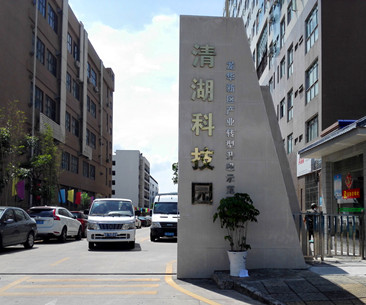A fiber optic coupler is a gadget utilized as a part of optical fiber systems with at least one input fibers and one or a few output fibers. Light entering an input fiber can show up at least one outputs and its power distribution potentially relying upon the wavelength and polarization. Such couplers can be fabricated in various courses, for instance by thermally fusing fibers with the goal that their cores get into intimate contact. In the event that every single involved fiber are single-mode (supporting just a solitary mode for each polarization heading for a given wavelength), there are sure physical restrictions on the performance of the coupler. Specifically, it is unrealistic to consolidate at least two contributions of the same optical frequency into one single-polarization output without significant excess misfortunes. Be that as it may, such a limitation does not happen for various information wavelengths: there are couplers that can consolidate two contributions at different wavelengths into one output without exhibiting significant misfortunes. Wavelength-sensitive couplers are utilized as multiplexers in wavelength-division multiplexing (WDM) telecom systems to join a few information stations with various wavelengths, or to isolate channels.
Fiber optic couplers (fused couplers) are intended for control part and tapping media transmission hardware, CATV systems, and test gear. This sort of little parts are accessible independently or incorporated into modules for fiber security exchanging, MUX/DMUX, optical channel checking, and include/drop multiplexing applications.

We utilize electronic couplers constantly, for example, a telephone coupler which gives you a chance to associate both a phone and a fax machine to a similar phone line. Fundamentally you can purchase these couplers from home depot or other electronic retailers.
Optical couplers have an indistinguishable usefulness from electronic couplers: they split the flag to numerous points (devices). Fiber optic couplers are required for tapping (monitoring the flag quality) or more complex telecommunication frameworks which require more than straightforward point-to-point connections, for example, ring architectures, bus architectures and star architectures.